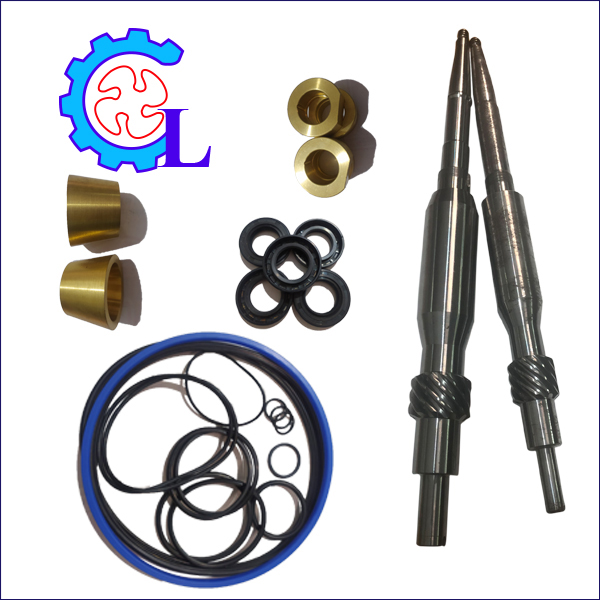Centrifugal Oil Separator Documentations, Technical Document
Structural characteristics and working principles of centrifugal oil purifiers
Structural characteristics of centrifugal oil purifiers
- Electric motor: This motor is responsible for driving different parts such as the drum and gear pumps through a hybrid joint.
- Friction clutch: The friction clutch is installed on the horizontal shaft to protect the electric motor from damage. Because the filter drum assembly is too heavy for the motor to carry the full load from the start without being overloaded. When the system reaches the required rotation. The friction pads gradually move outward under centrifugal force connecting the motor directly to the drum. It protects against the starting current of the motor. Therefore, the friction coupling allows the motor to run for a while after the motor reaches a certain rpm, the coupling will operate on the filter drum.
- Gearbox: The Gearbox part in a Lubricating Oil Centrifugal Purifier includes the motor shaft, friction clutch, gears, and attached gear pump.
- Filter drum & filter discs: The drum is a sturdy assembly made of special hardened steel working in the filter frame with ample space to accumulate and discharge residue. The stacks of discs are combined with small holes to form a separation line and separation is achieved using centrifugal force causing oil to move in and water and residue to move out.
- Rotating shaft and automatic system: Electric motor through bevel gear transmission creates high-speed centrifugal motion. The vertical shaft rotates at high speed while the lower gear connecting it to the horizontal shaft is also driven by the engine through a clutch disc or friction disc. The centrifugal purifier is installed with a complete automation circuit involving three-way valves, detectors, monitors, transducers, solenoid valves, pneumatic valves, etc., and a control panel, ensuring the centrifuge meets all the necessary criteria to operate in unmanned autonomous conditions.
- Gravity disc and oil pump: A gravity disc is installed on top of the disc stack to create an oil-water interface based on the difference in density. Meanwhile, the oil pump is permanently installed in the oil compartment to convert the rotational energy of the liquid into pressure to bring the oil to the tank. The size of the gravity disc depends on the separation temperature, the density of the oil, and the desired flow rate of the oil. By using the lookup table from the operation manual, engineer officers can determine the gravity disc with diameter depending on filter oil output, oil temperature, etc.

Working principle of centrifugal oil purifier:
Centrifugal oil purifiers are one of the most important auxiliary equipment on board ships. Its operation is based on the basic principle of separating water and residue from oil based on the difference in specific gravity of two different liquids.
Gravity separation is the traditional method used. But it takes a while because gravity is the only thing responsible for settling (sedimentation). But for Centrifugal Oil Purifiers, the gravitational force is increased by using centrifugal force (nearly 5000 times stronger) which significantly increases the separation efficiency. During the separation process, based on centrifugal force, dirty water, and waste will be discharged continuously while clean oil will be returned to the storage tank. The residue particles contained in the drum during the separation process will be discharged manually or automatically according to the set operations.
Working parameters that need to be noted during the separation process:
- Input oil temperature: Lubricating oil from the Sump. tank will be passed through the heater to increase the temperature before entering the filter. The increase in temperature in the heater reduces viscosity, ensuring better filtration.
- Density of oil: Reducing the density of oil will give better filtration efficiency.
- R. P. M. of the rotating drum. It is necessary to ensure the RPM of the purifier to ensure sufficient centrifugal force for separation.
- Back pressure: Back pressure changes according to oil characteristics such as density, temperature, and viscosity of the oil. Therefore it needs to be adjusted to ensure that the oil filter disc is absorbed in clean oil on the pump line to the clean oil tank.
- Flow of filtered oil out of the filter: Make sure the flow of oil out of the filter is sufficient for better filtration quality.

